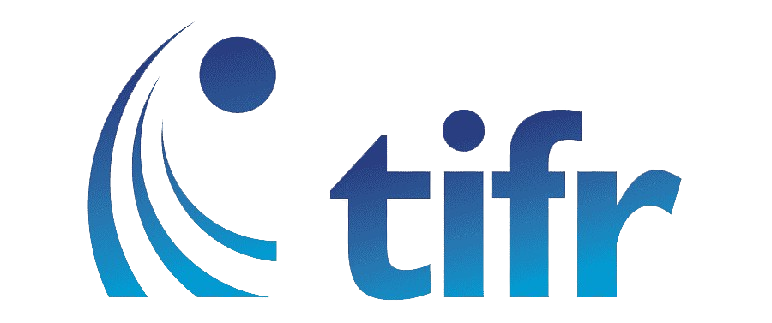Frequently Asked Questions
What is TA-MOONS?
The TIFR-ARIES Multi-Object Optical to Near-Infrared Spectrograph (TA-MOONS) is a next-generation instrument for the 3.6m Devasthal Optical Telescope (DOT). It is a multi-object spectrograph designed for fast, efficient surveys of stellar and galaxy clusters, covering a broad wavelength range from optical (0.36 μm) to near-infrared (2.5 μm).
What are the main scientific goals of the project?
Our primary goal is to conduct a large spectroscopic survey of Young Stellar Objects (YSOs) to create the world's largest spectral library of these objects. This will provide crucial insights into the accretion and outflow mechanisms in protoplanetary disc systems, which is fundamental to understanding star and planet formation.
Who is eligible to join the TA-MOONS Science Consortium?
Membership is open to any researcher or student with a specific science proposal that can be addressed using TA-MOONS. Members are expected to contribute to the scientific goals and adhere to our code of ethics. More details can be found on our Consortium page.
What makes TA-MOONS unique compared to other spectrographs?
TA-MOONS has the unique capability to observe up to 8 objects simultaneously, spread across a 12 arcminute field of view, and cover the entire optical to near-infrared wavelength range in a single shot. Currently, there does not exist a multi-object spectrograph which can cover this entire optical to near-infrared wavelength range simultaneously on any telescope in the world. TA-MOONS on the 3.6 m Devasthal Optical Telescope (DOT) will fill this gap with its high survey efficiency for targeted multi object studies.
When is the instrument expected to be commissioned?
The expected commissioning of TA-MOONS on the ARIES 3.6m DOT is planned for 2028. You can follow our progress in the "Recent Posts" section on the homepage or on our blog.

_0.png)